Introduction: Content length is a critical factor in SEO that influences how search engines perceive and rank your pages. In this blog, we’ll explore the significance of content length, how it impacts SEO, and practical tips for finding the right balance between quality and quantity in your content.
1. Understanding the Impact of Content Length on SEO: Content length plays a pivotal role in search engine optimization. While there’s no one-size-fits-all answer, understanding the context and purpose of your content is crucial in determining the optimal length for SEO success.
2. Quality Over Quantity: The Golden Rule: While content length is essential, quality should always take precedence. Search engines prioritize content that provides value to users. Aim for comprehensive, well-researched, and engaging content that addresses the user’s intent.
3. Consider User Intent: Tailoring Content Length to Purpose: Align your content length with user intent. Different queries and topics may require varying degrees of detail. Understand whether the user is seeking a quick answer, in-depth information, or something in between, and tailor your content accordingly.
4. Long-Form Content for Authority: In-Depth Exploration: Long-form content, typically exceeding 1,000 words, is valuable for demonstrating expertise and authority. Search engines often perceive longer articles as comprehensive resources. Use long-form content for in-depth explorations of topics relevant to your audience.
5. Shorter Content for Quick Answers: Snackable Information: Shorter content, succinctly delivering information in a few hundred words, is effective for providing quick answers. It caters to users seeking concise information or solutions to specific queries. Utilize shorter content for quick guides, tips, or FAQs.
6. Diversify Content Length Across Your Site: A Balanced Approach: Maintain a balanced approach to content length across your website. Diversify your content by incorporating both short-form and long-form pieces. This strategy allows you to cater to a broader audience with varied preferences.
7. Keyword Research for Content Length: Aligning with Queries: Conduct keyword research to understand user queries related to your content. Different keywords may align with different content lengths. Align your content strategy with the search intent behind specific keywords to meet user expectations.
8. Monitor User Engagement Metrics: Insights from Analytics: Utilize analytics tools to monitor user engagement metrics. Track metrics such as bounce rate, time on page, and conversion rates to gauge how well your content length aligns with user expectations. Adjust your strategy based on these insights.
9. Regularly Update and Refresh Content: Evergreen Longevity: Long-form content, especially evergreen pieces, benefits from regular updates and refreshes. Ensure that information remains current and relevant. This practice signals to search engines that your content is continually valuable.
10. Test and Iterate: Adapting to Audience Preferences: SEO is an iterative process. Test different content lengths and analyze their performance. Iterate based on audience preferences, search trends, and evolving SEO best practices to stay ahead in the dynamic digital landscape.
Conclusion: Content length is a dynamic element in the SEO landscape. By understanding the impact of content length, prioritizing quality over quantity, aligning with user intent, leveraging long-form content for authority, using shorter content for quick answers, diversifying content lengths, conducting keyword research, monitoring user engagement metrics, regularly updating content, and testing and iterating, you can optimize your content strategy for improved search engine visibility and user satisfaction.

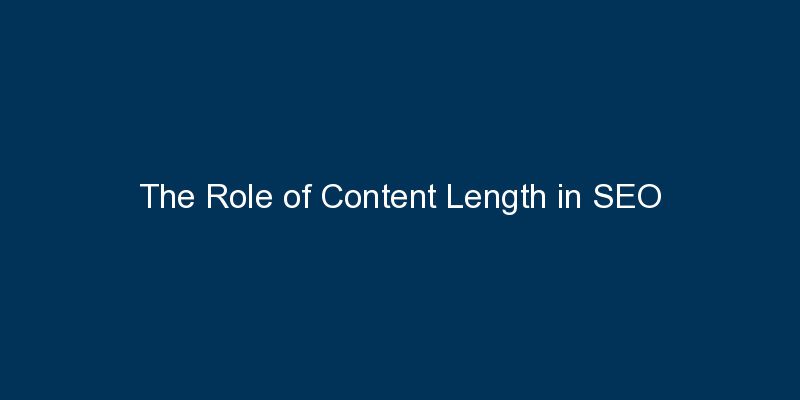

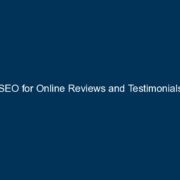
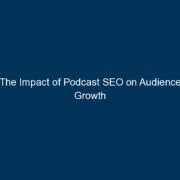

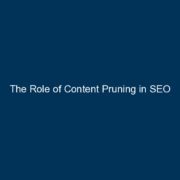


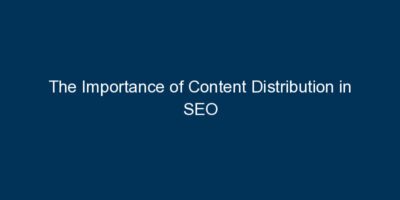
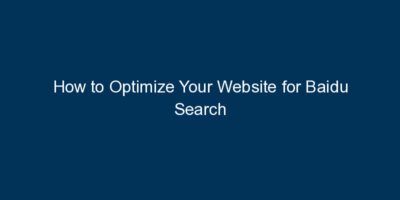
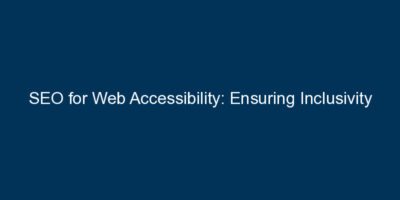

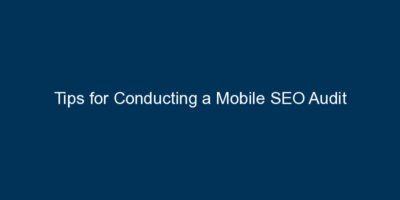









Comments